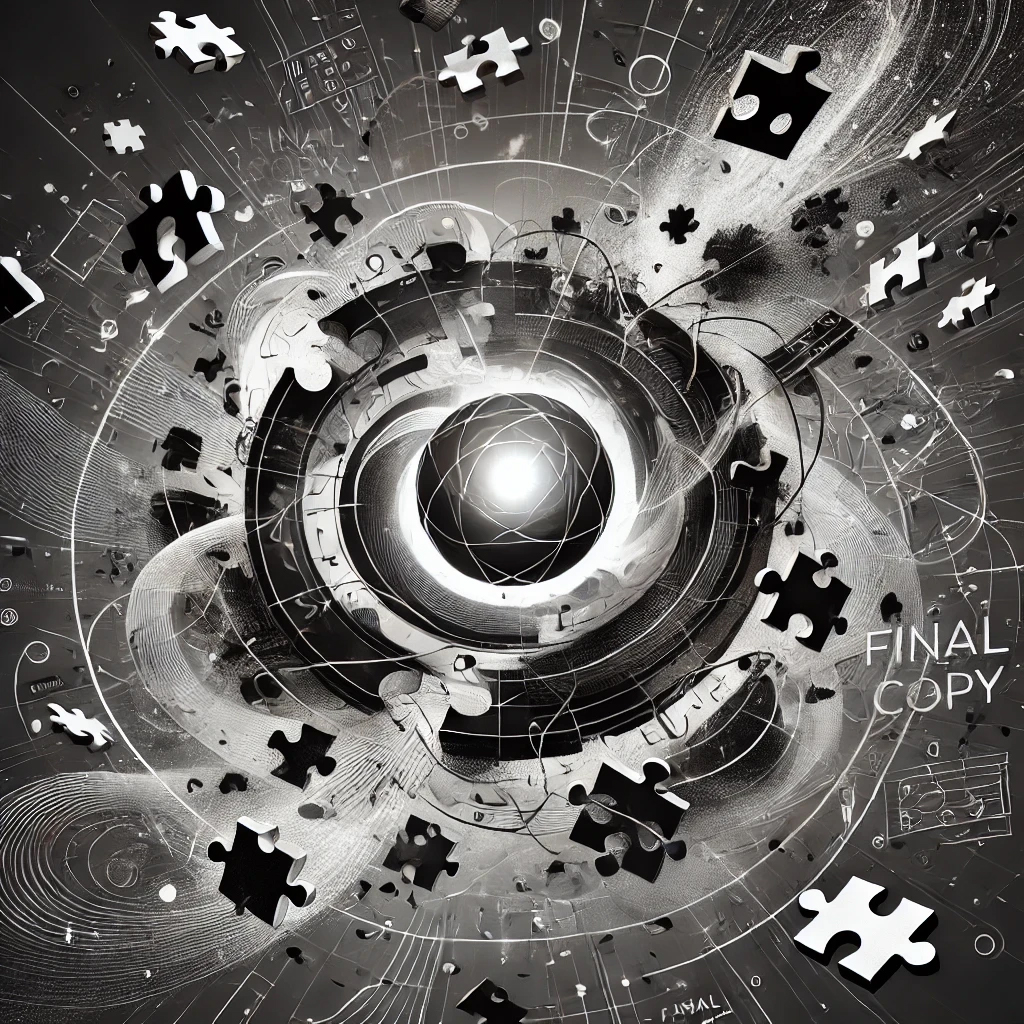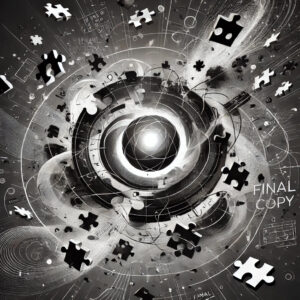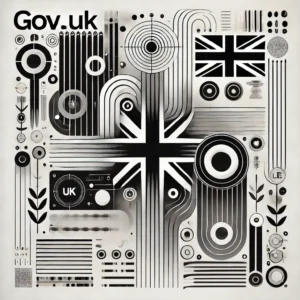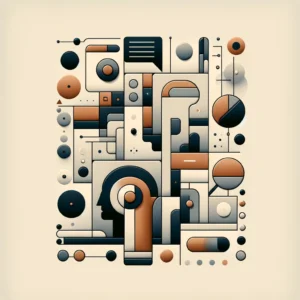It started as a simple project—a landing page. Nothing too complicated. Just a clean, compelling page that would tell a story, convert visitors, and leave a lasting impression. I was excited to jump in and get started, envisioning a quick turnaround. But what should have taken a couple of weeks stretched into months. And the culprit? Content—or more precisely, the lack of it.
I still remember the first meeting. The brief was vague, but everyone seemed eager to move quickly. “We’ll finalize the copy later,” someone said. “For now, just create a layout that looks good.” As a designer, I’ve heard this before, and every time, I think to myself, this won’t end well. Still, I got to work, building a skeleton based on assumptions about what the copy might look like.
And then the revisions started.
The Never-Ending Domino Effect
The first version of the copy came in, and it was drastically different from what we’d discussed. Suddenly, the hero section needed to highlight a completely different message. The headline was longer, the call-to-action shifted tone, and a new section had to be added to explain a feature that wasn’t even mentioned before. My carefully structured layout? It collapsed like a house of cards.
But it didn’t stop there. A week later, the copy changed again—this time with an entirely new tone of voice. The team wanted something more “professional,” which meant rethinking the typography, the color palette, and even the visual style of the illustrations. Each adjustment rippled through the design, requiring more tweaks, more approvals, and more hours of work.
At one point, I felt like I wasn’t designing anymore—I was just chasing after the words.
A Battle Between Words and Design
Design and content are like dance partners. They have to move in sync, each enhancing the other. But when one partner keeps changing the routine mid-dance, the whole performance falls apart. That’s what happened with this landing page. Every time the copy shifted, it disrupted the design. The page’s structure changed, the hierarchy shifted, and the storytelling faltered.
We were trying to create a cohesive user journey, but without a steady narrative, it felt like we were improvising every step. Instead of focusing on the visuals, I found myself constantly reworking the basics: Where does this headline go? Does this section even make sense anymore? What’s the main message here?
The Bigger Lesson
This project taught me a hard but invaluable lesson: Content isn’t something you layer onto a design—it’s the foundation of it. Without it, you’re not building a website; you’re building placeholders.
When you don’t have finalized copy, it’s impossible to define the structure of the page. Content determines the hierarchy, the flow, and the user’s journey. It sets the tone, informs the branding, and guides the visual style. Without it, you’re designing in the dark, hoping the pieces will eventually come together.
In this project, the lack of clear direction wasn’t just frustrating—it was costly. The constant revisions stretched the timeline, drained resources, and tested everyone’s patience. What should have been a quick win turned into a drawn-out struggle, all because we skipped one crucial step: prioritizing the copy.
Why Content Always Comes First
Now, whenever I start a project, I insist on having the content—or at least a solid draft—before diving into high-fidelity wireframes. Not because I want to make things difficult, but because I know from experience that it’s the only way to create something truly effective.
Content isn’t just text. It’s the story you’re telling, the tone you’re setting, and the purpose behind every pixel. When you have it upfront, you can design with intention, creating something that feels seamless and cohesive. Without it, you’re designing in circles, trying to catch up to a moving target.
So, if you’re about to start a new project, do yourself—and your team—a favor: prioritize the content. It’s not just about saving time and resources (though you’ll do that too). It’s about building something meaningful, where every word and every element work together to tell a story users will remember.
Trust me, your future self—and your design—will thank you.







